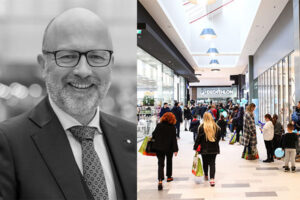BY MANUEL JAHN
Along with marginal sociographic data, they shape consumer behavior considerably. Current GfK surveys confirm that the “new shoppers,” i.e. the emerging “digital native” consumers that will determine the future, do not just shop online. Although online information and purchases are completely obvious options for them, they still view classic analog offers as very important. While the wealth and inconsistency of information on the internet diminishes confidence, analog channels, whether shops or print media, generally enjoy a high degree of trust. The requirements for the retail outlets of the future can be derived from the behavior and the attitudes of the new shoppers.
Shopping as an adventure and leisure offer – the shopping experience: The overwhelming majority of shopping can already no longer be classified as fulfilling basic needs. Instead, it also provides additional benefits like sparking curiosity, providing inspiration or opportunities for socializing, or fulfilling demands based on ethical and ecological principles. Shopping sites that provide added value in terms of experience, quality of stay, and a recreational function, especially in combination with gastronomy, culture, and entertainment, benefit from increased visibility and frequency, making them less susceptible to online competition.
Exploiting synergies and coupling effects – connectivity: Similar to digital social networks, people are seeking to link areas of life in the built environment. Whether online or offline, the better the segment and brand mixes are matched, the more attractive the offer is to the consumer. This trend favors the development of centrally managed location communities and the emergence of new shopping locations in trendy neighborhoods marked by high connectivity.
Division of responsibilities between location categories – differentiation: The above measures result in the differentiation of locations and concepts. This essentially means a harmonization of the respective stocking structures – whether in the main locations in the downtown parts of cities, in the trendy areas of metropolitan neighborhoods, in regional shopping centers, or in neighborhood centers. In these areas, offer profiles are emerging to meet audience expectations in their respective segments to a great extent. These profiles are largely uniform with regard to genre and customers, but they are also stable and highly attractive.
Conclusion: Anyone familiar with the requirements of the “new shoppers” and who has already taken on planning will find and create many investment opportunities in commercial real estate with a great deal of potential. However: sites that do not meet the expectations of consumers will inevitably go under.
What is your opinion on this topic? Discuss it with us! Send your opinion to opinion@across-magazine.com !






